Lecture
Now let's turn our attention to how the emotion of sadness is displayed on the faces we see. We begin by analyzing how this emotion looks in its extreme manifestation, and then turn to more subtle signs of sadness and grief. Let's take a look at Betty's expression (click). Her intense sadness (or grief) is displayed all over her face. A noticeable and reliable symptom of sadness is the upwardly curved inner corners of the eyebrows. This symptom is reliable because few people are able to perform this movement intentionally and therefore it is rarely consciously imitated. (But this is not the case with some of the other facial expressions described below.) Even when people try not to show what they feel, these crooked eyebrows often show hidden sadness. Take a look at the space between her eyebrows. For most people, a vertical wrinkle appears between the eyebrows, as does Betty, when her eyebrows are raised and brought together. In some people, this wrinkle is imprinted on the face forever, and in this case it will deepen and become more noticeable when the inner corners of the eyebrows begin to come together and pull up.
To estimate the value of the eyebrows, close the rest of Betty's face beneath them with a hand. Her face still looks sad, even when you can only see the eyebrows. As a result of this movement of Betty's eyebrows, the upper eyelids acquired a triangular shape. Sometimes this may be the only sign of sadness.
Betty's intense sadness is clearly reflected in the bottom of her face. Her lips are stretched horizontally, her upper lip is raised up, and her lower lip, it seems to me, is trembling slightly. Her wide open mouth further enhances the expression of this emotion. Another important sign of her sadness is raised cheeks, which are another important component of the display of this strong feeling on the face. The corners of the lips may have been pulled down, but this movement is too weak to be seen when the lips are so clearly stretched horizontally, and the cheeks are raised upwards. Take a look at the area of skin between the upper part of the chin and the lower lip, which anatomists call the bulge on the chin. It is wrinkled and tucked up as a result of a contraction of the muscle of the chin, a muscle that, contracting by itself, gives the face a displeased expression. Betty's lower lip is not raised up in a grimace of discontent because it is stretched horizontally.
Next, let's pay attention to the facial expression of a younger woman standing behind Betty Shirley. We see only a part of her face, but this is quite enough to notice that the inner corner of one of the eyebrows is pulled upwards and shifted towards the center and that her cheeks are raised. These two symptoms coincide with those that we see on Betty Shirley’s face. The lips on the face of the young woman are not parted, but they can be slightly compressed in an attempt to hold out loud sobs.
Now let's take a look at the boy from Tuzla (click). His eyebrows are not curved "house". This is due to the fact that when a person cries, his eyebrows can sometimes drop down and come together, especially with a strong attack of crying. His cheeks are raised and his chin is wrinkled - we see the same symptoms of sadness on Betty’s face. Pulling up the cheeks upwards sometimes leads to the fact that the corners of the lips are also slightly raised - as if grinning. Cover the upper part of the boy's face with your hand so that the part of the face below the lower eyelids remains open. It is still clear that this smile is not a smile of joy and that the lower part of the face expresses sadness. Some scientists were bewildered by such persons expressing a smile, and argued that these "smiles" had nothing to do with pleasure, because they manifested - and so it was in fact - when a person was clearly suffering. But here it is necessary to understand that the corners of the lips are lifted as a result of the efforts of the muscles of the cheeks, and not the muscles that work when a smile appears on the face. Note that the bulge on the boy's chin is exactly the same as that of Betty. It is possible, but it is unlikely that this boy is trying to disguise his grief with a smile, to show that he is able to cope with his misfortune (perhaps he does not want to become a burden for his family).
The photograph of the camp in Tuzla shows two women who show despair or grief. The woman on the right has archetypically arched eyebrows, a stretched mouth, slightly lowered corners of her lips and raised cheeks. The woman behind the boy actually repeats the expression on his face.
The boy, shown below, was walking along a forest path laid in the forests of New Guinea, and suddenly he saw me, a stranger to him. As far as I know, he had never before seen the Europeans, with the exception, perhaps, of an accidental researcher or missionary. He and most of the people of his culture were in visual isolation from European civilization - and for this very reason I came there to study them. He had never seen photographs, magazines, films and video films and therefore could not learn from them to give his face certain expressions.
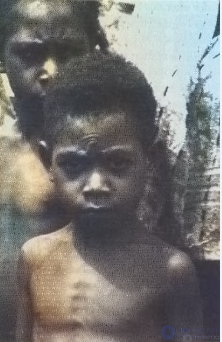
I aroused great interest in these people, since practically everything that I did was unknown to them. Even the fact that I lit my pipe with matches was surprising to them, since they had never seen matches. I was surrounded by numerous spectators when in the evenings I typed out reports on the work done during the day. They thought that my typewriter was a special musical instrument that made the same sounds. I could not worry about the fact that they would be embarrassed when they were filmed on a movie camera, because they simply did not know what filming was.
I had no idea what this boy was thinking or why his face had such a sad expression, since I did not speak the local language, and the translator, who usually helped me in my work, was far away. In some people, the muscles contracting to raise the inner corners of the eyebrows do not cause movement of the skin of the forehead, but instead create this characteristic structure of wrinkles. In his book, On the Expression of Emotions in Man and Animals, Charles Darwin wrote about this structure that it “may, for short, be called the muscle of grief ... It creates a characteristic sign on the forehead that resembles a horseshoe in shape”.
The same muscle contraction, although weaker, gives the forehead the same look that we see in Betty Shirley, but in a boy from New Guinea, not eyebrows rise up, but the skin in the central part of the forehead. For some people, this is how an involuntary expression appears on the face, probably due to the specificity of their anatomy. Although it may seem to someone that the boy is perplexed, not sad, because his eyebrows are brought together, it should be noted that the horseshoe-shaped wrinkle can appear only with the emotion of sadness. For comparison, look at the other boy behind him, whose eyebrows are simply brought together, which is a sign of bewilderment or concentration. Neither the boy’s cheeks nor his mouth give any indication that he is sad. Here we have an example of an incomplete expression. The signal is fed only by one part of the face, in contrast to the cases of full expression, which can be observed in the two previous shots. Such an incomplete expression could appear if he tried to control the expression of his emotion, since his eyebrows are more difficult to manage than the lower part of his face. Or perhaps the feeling is too weak to appear on the whole face.
Now let's explore some of the components of the expression of sadness and its more subtle signs. To do this, we will use the photos of my daughter Eva, made four years ago (probably, in 1999 - note ). I did not tell her to portray specific emotions; instead, I showed her some muscle movements on her face and asked her to repeat them. I took thousands of shots before I got those with which I could explain how minor changes in facial expressions occur. As a model, I only attracted one person (although I also took a few shots of myself shown on the following pages) so that your attention is not distracted by specific facial features that you are considering and so you can focus on how these expressions change .
I will start with the eye area, that is, the eyelids and eyebrows. Figure B shows a neutral, unemotional expression, so that you can compare with it other expressions that have isolated and sometimes subtle changes. In the picture A, the upper eyelids are lowered; in the picture B, a slight hint of raising the inner corners of the eyebrows is shown. Even when such weak changes occur, it seems that they completely change the whole face.
To help you see that only the upper eyelids on the left and only the eyebrows on the right are able to send a special message, I took two composite photos, combining both these characteristics on the images shown in the bottom row. In the picture D, the upper eyelids from the picture A are placed on the neutral face from the picture B. In the picture, the eyebrows from the picture B are also placed on the neutral face from the picture B. This should convince you that even very minor changes can affect the overall appearance faces. In this case, the face in picture D looks a little less sad than the face in picture B. This is because in picture B there is a slight hint that the upper eyelids are slightly lowered. This could not have been noticed without comparing the picture B with the picture D, obtained as a result of the imposition of eyebrows from the picture B on a neutral face.
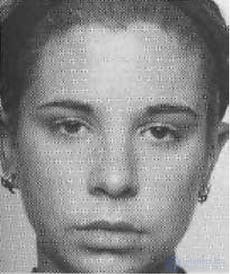 |
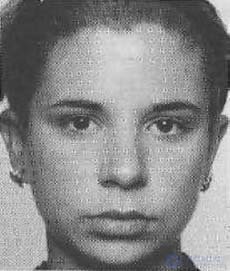 |
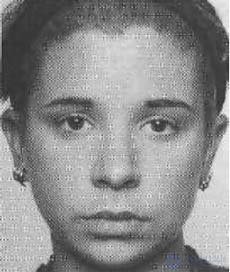 |
| BUT | B | AT |
| Neutral |
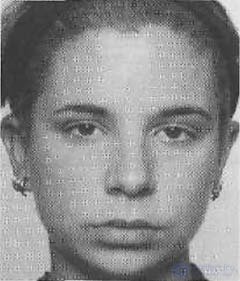 |
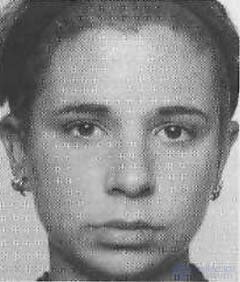 |
| R | D |
Exhibit B has obvious signs of sadness; it may be a slight sadness, controlled sadness, or sadness beginning to subside. Not everyone is able to recognize it without enough practice, especially if this sadness is short. Snapshot A is more ambiguous. He may carry signs of mild or controlled sadness, but may simply indicate that the person is bored or wants to sleep, as the slightly lowered eyelids are the only signal given by this person.
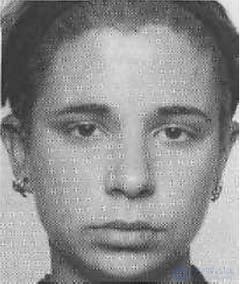 |
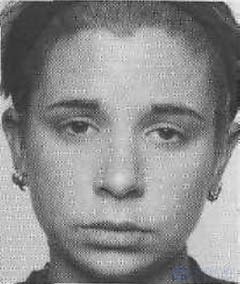 |
| E | F |
Note what happens when slightly lowered eyelids are complemented by raising the eyebrows. Snapshot E is composite: it is obtained by blending eyebrows from snapshot B and eyelids from snapshot A on a neutral face. The same combination of slightly lowered eyelids and raised inner corners of the eyebrows is shown in the image F, but in this normal, not a composite image, the movement of the eyebrows is more pronounced. Now there is no doubt. This is an obvious sadness that can be misinterpreted only if its manifestation is very short-lived.
The following series of shots show other changes in the eye area. In the left image of Z, the eyebrows are even, but the gaze is straight ahead, and the upper eyelids are not lowered. In the picture, both eyebrows are straight, upper eyelids are slightly lowered, and lower eyelids are slightly tense. Compare the lower eyelids in the picture And on the neutral face in the picture B. In the picture K we see a typical expression of sadness, in which the gaze is directed downwards. You have seen such a view as part of the general expression of sadness in the photo of Betty Shirley. Of course, people look down when they read or when they are tired, but when this look is added to the sad eyebrows, the message sent becomes unambiguous.
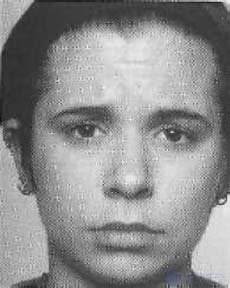 |
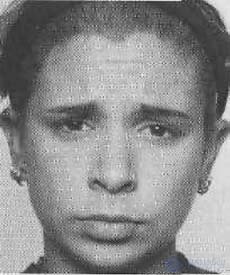 |
 |
| H | AND | TO |
Eyebrows are a very important and very reliable indicator of sadness. They seldom accept such a configuration if sadness is not really felt, since only a few people are able to deliberately perform such a movement with their eyebrows. Among them are Woody Allen and Jim Carrey: both often perform this movement. While most people emphasize the meaning of speech, raising or lowering eyebrows, these two actors often use sad eyebrows to emphasize the meaning of individual words. It helps them to look sympathetic, sensitive, and kind, but this is not necessarily a reflection of what they really feel. For those who use the raised inner corners of the eyebrows to emphasize the meaning of their speech, this is of little importance, but for most other people such eyebrows are an important signal of sadness.
Now let's see how it looks in the state of sadness of the mouth. In the picture A, the corners of the lips are slightly down. This movement is more noticeable in the picture of M and even more in the picture of N. This is another sign of mild sadness, although the corners of the lips can fall even when people try to make their sadness less noticeable to those around them. The picture H is so expressive that when this face is shown on its own, without sad eyebrows or eyes, then it is probably perceived as expressing not something sad, but something else. Perhaps such a mouth movement is done by some people to express disbelief or denial.
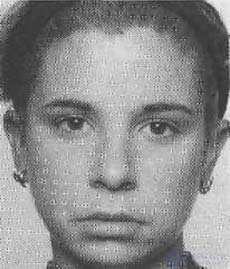 |
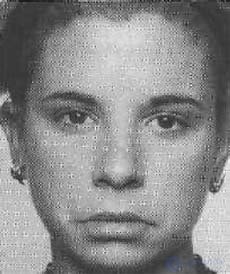 |
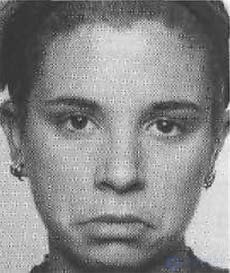 |
| L | M | H |
The following pictures show the expression that arises solely by pulling up the lower lip upwards. In the picture, the face expresses discontent. This expression can occur by itself, when a person is just beginning to feel sadness as a forerunner of crying. It can also occur when a person is in a gloomy state. In the picture of P, the movement is too strong to be a sign of sadness when it appears by itself: without sad eyebrows and eyelids or a lowered look. On the contrary, it can serve as a symbol of uncertainty, like a shrug. Picture P combines tightening the lower lip up, as in pictures O and P, with compressing the lips.
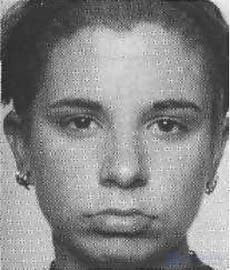 |
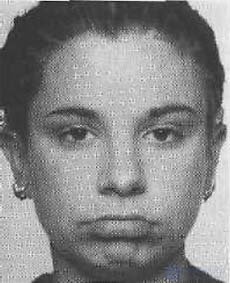 |
 |
| ABOUT | P | R |
Often, such an expression serves as a symbol of determination or concentration, and can also be a manifestation of the mannerisms of some people, in particular President Clinton. Someone adds a little smile to this expression, and it becomes a symbol of their intention to endure any difficulties with a smile.
The following pictures show a mixture of two emotions. Picture C shows the combination of sad eyebrows with a smile full-length. Close your mouth in the picture with your hand and you will see that your face looks sad; if you close your eyes and eyebrows with your hand, your face will look happy. This expression arises together with bitter-sweet expressions, caused, for example, by memories of happy moments of life, colored by sadness due to the fact that these moments are in the past and will never be repeated. It can also occur when a person uses a smile to try to hide or disguise sadness.
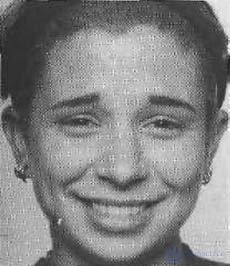 |
 |
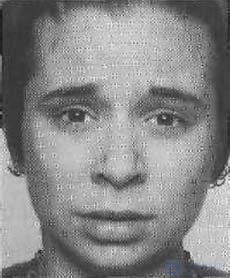 |
| WITH | T | Have |
Picture T shows the combination of fear and sadness, expressed through sad eyebrows and eyes wide open for fear. First, close the eyebrows in the picture with your hand and mark the fear in your eyes; then close your eyes in the picture, and you will see that the eyebrows are certainly sad, similar to those we have seen before. Snapshot Y can show a mixture of sadness and surprise, because the lips on the face are spread apart, and the eyes are open, although not as wide as in the middle picture showing a mixture of fear and sadness.
The last image of F shows the combination of all the signs of sadness that we have already seen, with one new one. The inner corners of the eyebrows are raised, the upper eyelids are slightly lowered, the corners of the lips are drawn down. A new feature is the raising of the cheeks, leading to the appearance of wrinkles, going down from Eve's nostrils to the corners of her lips. These wrinkles are called nasolabial. The muscles that raised her cheeks caused the appearance of these wrinkles and pulled up the skin under her eyes, causing Eve's eyes to narrow.
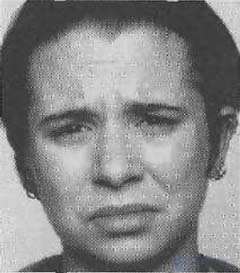
F
Regularly reviewing these photos, as well as the photos at the beginning of this section, will help you better understand what people feel, even when they don’t tell you about it themselves.
Comments
To leave a comment
Psychology of emotions
Terms: Psychology of emotions